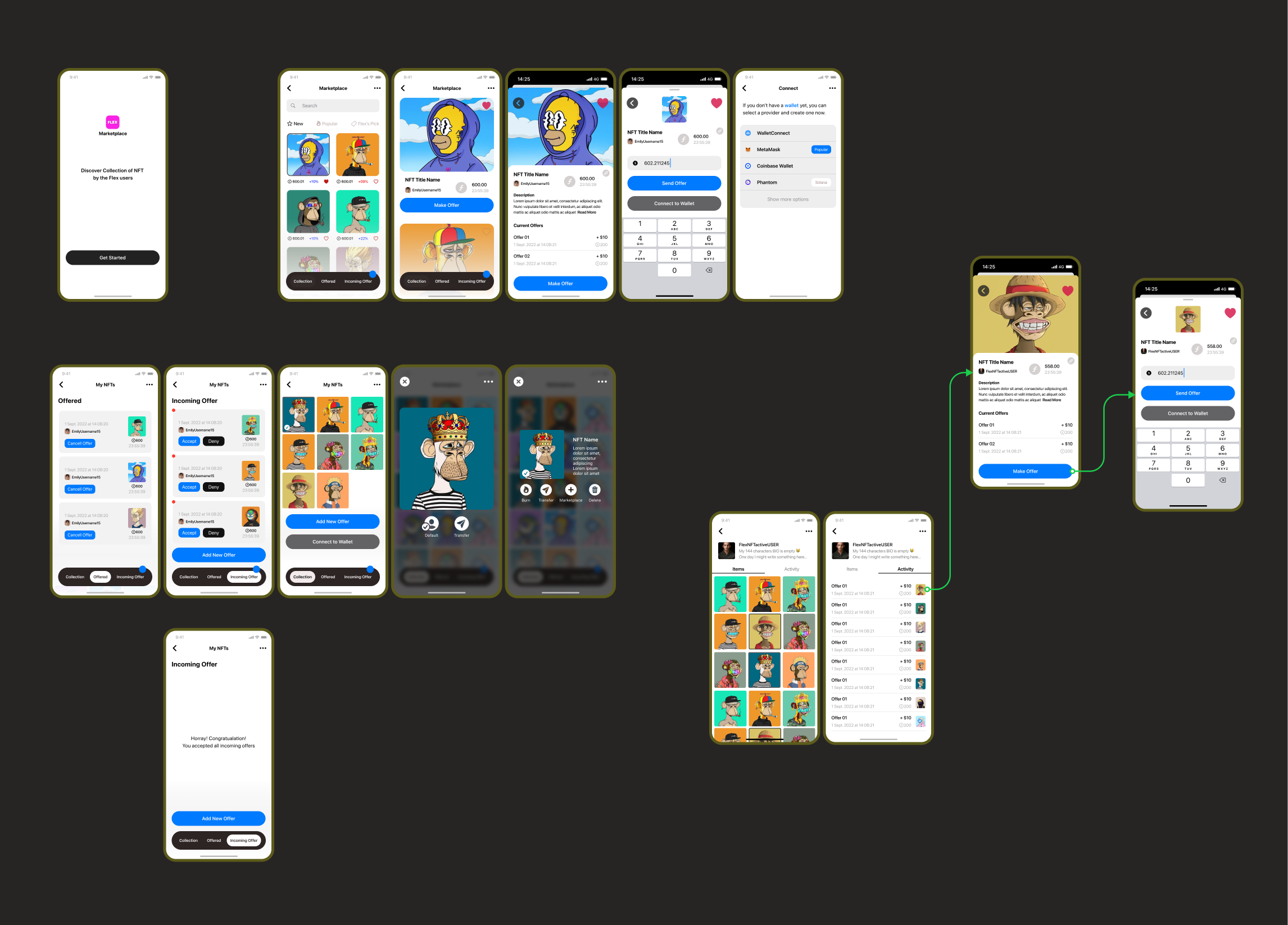We defined the problem:
“Users have trouble finding support resources on the home page because the design is cluttered, not to the point, lacks personalization, and is outdated, causing frustration and long search times.”
This statement helped us focus on simplifying the design for a better user experience.
Key Elements of a Good Problem Statement:
Describes the user’s issue, not the solution.
Focuses on the user’s experience.
Is clear and easy to understand.
Is based on real data or research.
Example of a Good Problem Statement:
❌ Poor: “We need to redesign the dashboard.”
✅ Good: “Users have trouble finding key data on the dashboard, causing delays in decision-making.”
Why Use Problem Statements?
Keeps the team focused on the user’s needs.
Prevents jumping to solutions too early.
Helps come up with better ideas by focusing on real problems.
Helps prioritize tasks based on what users need.







